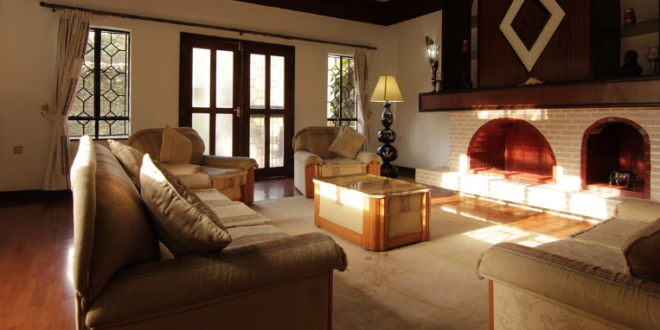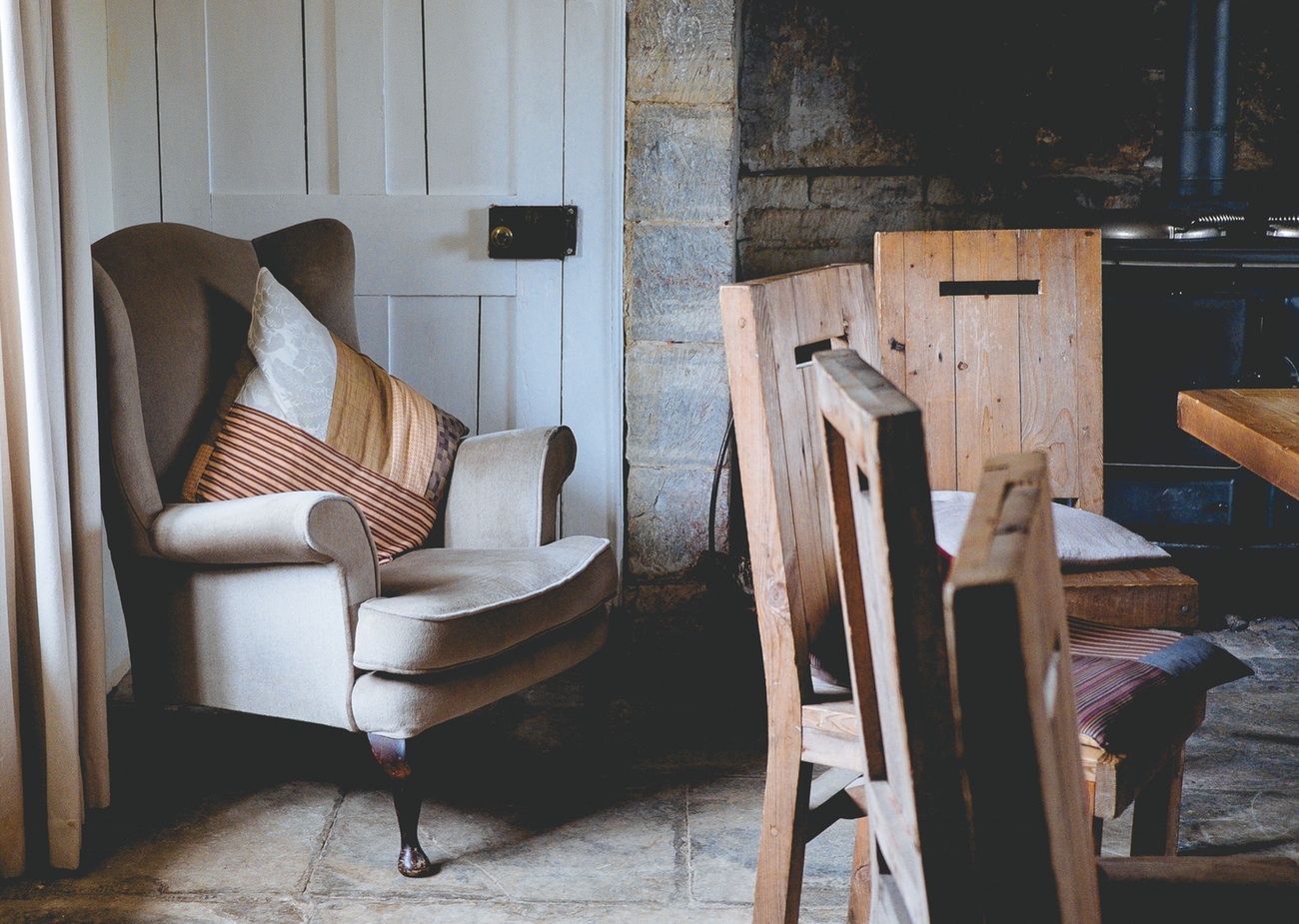Feng Shui, the ancient Chinese practice of arranging living spaces to promote balance and harmony, has captivated people around the world. While traditional Feng Shui principles are deeply rooted in Chinese culture, a unique adaptation has emerged in the UK—British Feng Shui. This localized interpretation blends traditional Feng Shui techniques with British aesthetics and lifestyles, creating a harmonious fusion that resonates with the British way of life. Here’s a look at what British Feng Shui entails and how it’s shaping home and office environments across the UK.
Understanding British Feng Shui
British Feng Shui takes the core principles of classical Feng Shui—such as the flow of energy (Qi), the balance of the five elements (wood, fire, earth, metal, water), and the harmonious arrangement of spaces—and adapts them to fit the British context. This adaptation considers the architectural styles, climate, and cultural preferences unique to the UK.
Key Elements of British Feng Shui
- Cultural Integration
- Architectural Styles: British Feng Shui respects the traditional and modern architectural styles found in the UK, from Georgian and Victorian homes to contemporary urban flats. It adapts Feng Shui principles to suit these diverse building types.
- Local Materials: It incorporates British materials such as stone, brick, and slate, blending traditional Feng Shui elements with local building practices and aesthetic preferences.
- Seasonal Adaptation
- Climate Considerations: The UK’s temperate climate influences Feng Shui practices. For example, British Feng Shui may focus on managing dampness and ensuring proper ventilation, addressing common issues in the UK’s weather.
- Seasonal Changes: It takes into account the seasonal variations in the UK, advising on how to adjust interior elements and colors to harmonize with the changing seasons.
- Color and Design
- British Aesthetics: British Feng Shui incorporates colors and design elements that align with British tastes. For instance, it might favor muted, classic colors like navy, grey, and cream, which are popular in British interiors.
- Local Influences: Design choices often reflect British cultural influences, such as traditional patterns (e.g., tartan, floral prints) and historical references, creating a unique blend of Feng Shui and British style.
- Lifestyle Adaptation
- British Living Patterns: It considers the typical British lifestyle, including the use of space in smaller homes and apartments. British Feng Shui offers practical solutions for optimizing space and improving functionality in these settings.
- Social Customs: The practice respects British social customs, including the importance of spaces for entertaining and hosting guests. Feng Shui advice may focus on creating inviting and balanced environments for social gatherings.
Implementing British Feng Shui
- Home Arrangements
- Entrance and Flow: Ensure a welcoming entrance to attract positive energy. British Feng Shui may recommend specific ways to enhance the front door area, such as using classic British plants like lavender or boxwood.
- Room Layout: Optimize the flow of energy in each room, paying attention to the arrangement of furniture and the use of space. For example, placing a desk in a command position in a home office can improve focus and productivity.
- Color and Decor
- Harmonious Colors: Use colors that align with both Feng Shui principles and British preferences. Soft blues, earthy greens, and warm neutrals are often recommended to create a balanced and calming environment.
- Decorative Elements: Incorporate decor that enhances the flow of Qi, such as British-inspired artwork, classic patterns, and natural materials that resonate with local tastes.
- Seasonal Adjustments
- Winter Warmth: In colder months, focus on creating warmth and comfort. British Feng Shui might suggest using rich textures and warm lighting to enhance coziness.
- Summer Freshness: During warmer months, emphasize ventilation and lightness. Incorporate lighter fabrics and natural materials to keep the space airy and refreshing.
- Personalization
- Local Influence: Personalize your space with elements that reflect British culture and history, such as antique furnishings or British artwork, to create a unique and meaningful environment.
Benefits of British Feng Shui
- Enhanced Well-being
- By aligning your space with Feng Shui principles in a way that resonates with British aesthetics, you can create an environment that promotes physical and emotional well-being.
- Increased Harmony
- Integrating Feng Shui with local design preferences helps achieve a harmonious balance between traditional practices and modern living, enhancing overall harmony in the home.
- Cultural Connection
- British Feng Shui offers a way to connect with both the ancient wisdom of Feng Shui and British cultural heritage, creating a meaningful and personalized living space.
British Feng Shui represents a thoughtful adaptation of traditional Feng Shui practices, tailored to fit the British lifestyle and design sensibilities. By blending the timeless principles of Feng Shui with local architectural styles, materials, and cultural preferences, British Feng Shui creates harmonious spaces that resonate with both the past and present. Whether you’re looking to improve your home’s energy flow or simply want to infuse your space with a touch of British charm, British Feng Shui offers a practical and aesthetically pleasing approach to creating a balanced and inviting environment.
 Homeowners Club If you are one of the 15 million homeowners in the UK, the free to join online Homeowners Club is for you.
Homeowners Club If you are one of the 15 million homeowners in the UK, the free to join online Homeowners Club is for you.








